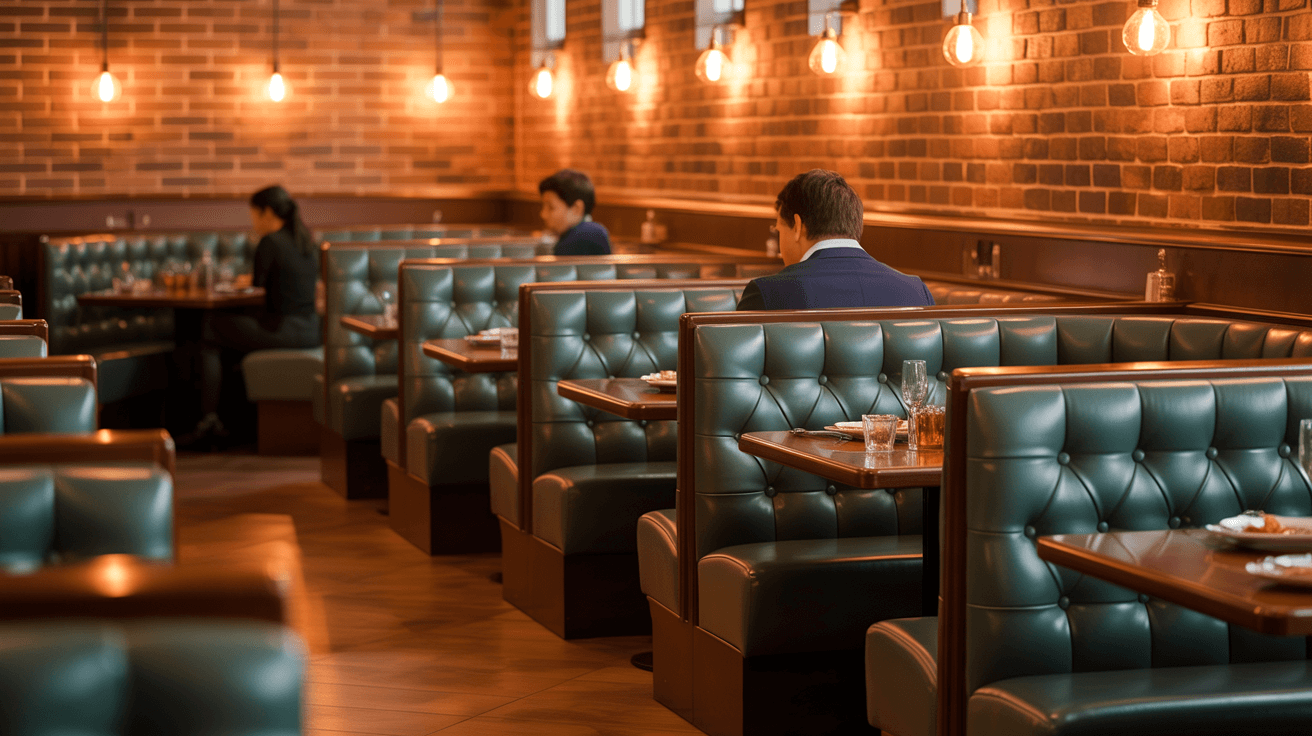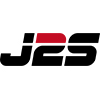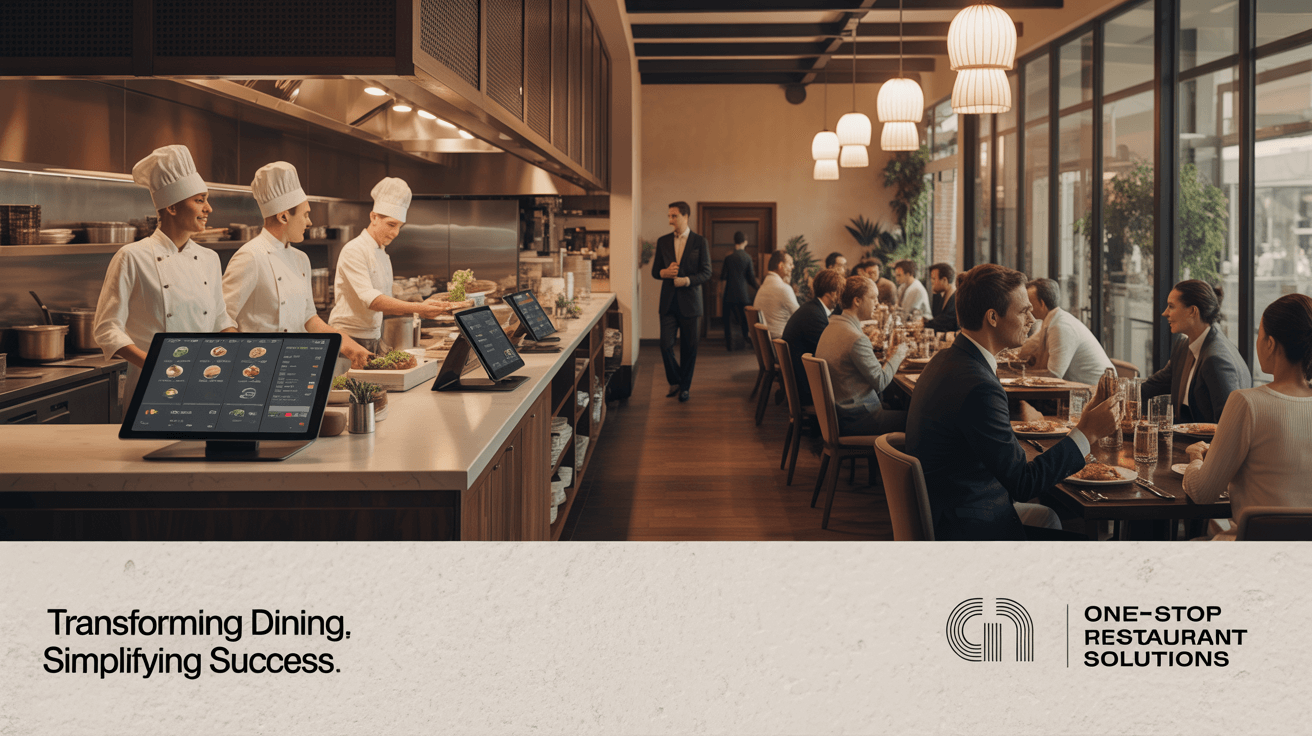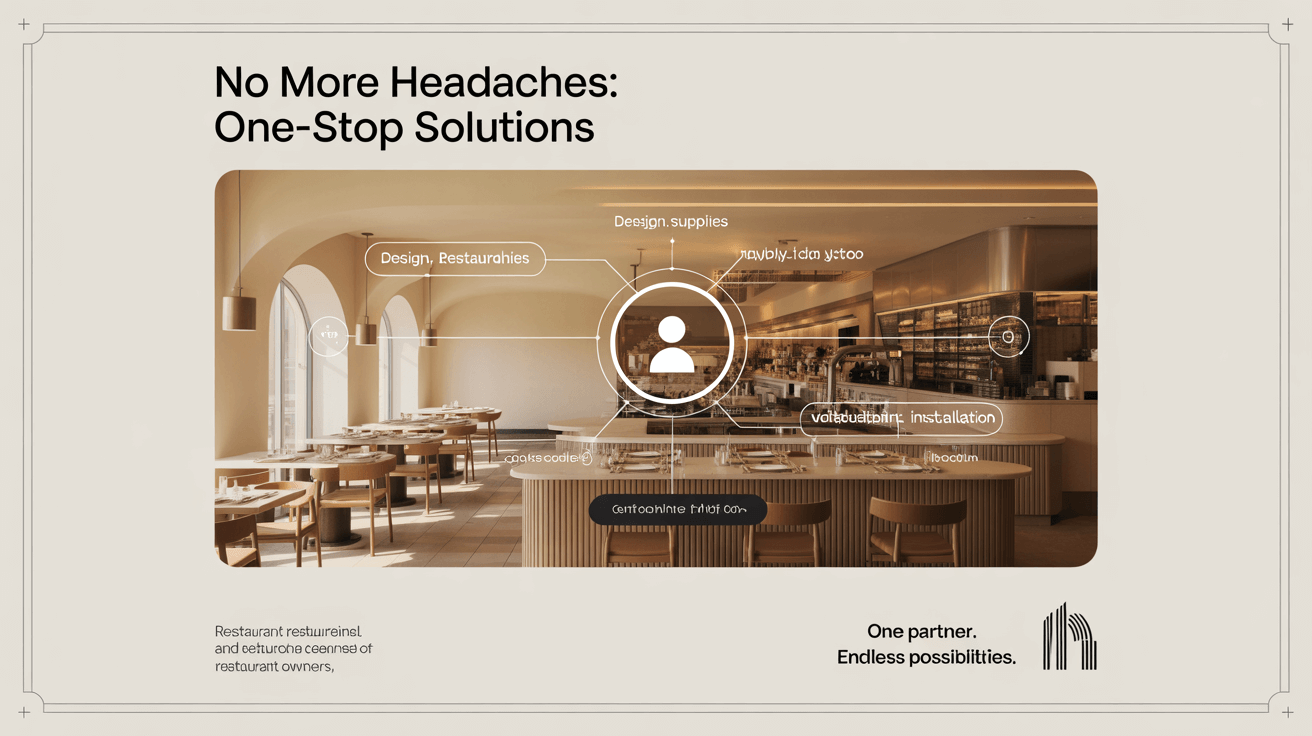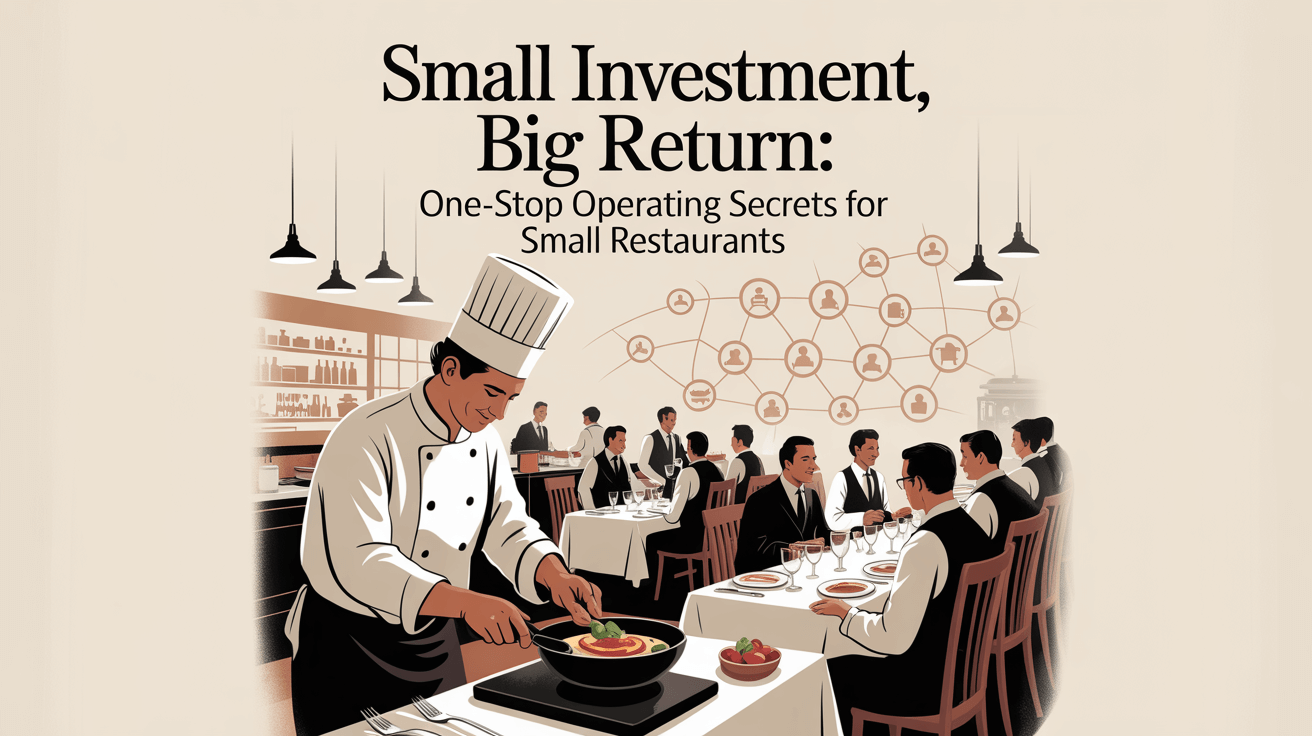Restaurant booths can transform any dining space into a cozy and private environment for guests while maximizing floor utilization. Here’s the deal you need insights into reliable sources, competitive pricing, and customization possibilities before you commit. This guide uncovers both online and local channels where to buy restaurant booths, ensuring you tap into factory-direct options, vetted marketplaces, and specialty showrooms. With real-world examples from hundreds of installations, our team shares proven strategies for site measurements, vendor negotiations, and maintenance planning. By following these steps you’ll secure seating solutions that boost comfort, durability, and brand appeal in your establishment.
1. What should you consider before buying restaurant booths?
Material and Construction Quality
Selecting the right materials underpins booth longevity and guest satisfaction. Solid hardwood or powder-coated steel frames resist warping and rust even under heavy commercial use. Upholstery choices—from stain-resistant vinyl to high-grade leather—determine ease of cleaning and overall look. Always request abrasion and fire-retardant certifications before finalizing your order.
Accurate Sizing and Compliance
Measure booth width, depth, and height with precision. Ready for the good part? including proper aisle clearances in your layout prevents safety violations and enhances service efficiency. Verify compliance with local building and fire codes to avoid costly retrofits after installation.
Traffic Flow and Usage Frequency
Peak hours can strain seating areas significantly. Analyze expected guest turnover and staff traffic patterns before choosing booth depth or bench style. Stations near kitchens or bars demand narrower footprint designs to accommodate higher foot traffic.
Budget and Total Cost of Ownership
This is where it gets interesting… upfront pricing rarely tells the whole story. Factor in shipping, customs duties, installation labor, and fabric maintenance over time. Request quotes that detail any additional fees so your budgeting remains transparent.
2. Where can you find restaurant booths online?
Direct Manufacturer Portals
Buying from factory-owned websites often yields the lowest per-unit price. Many global booth producers display full spec sheets and bulk order discounts right on their portals. You can negotiate lead times and custom options directly with production managers.
B2B Marketplaces
Platforms like Alibaba and Global Sources aggregate multiple factories and trading firms under one roof. But here’s the kicker… you gain access to comparative pricing and supplier ratings within seconds. Always vet seller credentials and request sample pieces before placing large orders.
Specialty Commercial Furniture E-commerce
Sites dedicated to hospitality seating provide curated selections with vetted warranties. Their streamlined terms often include white-glove delivery and installation services for an all-in-one purchase experience.
Refurbished and Overstock Auctions
Consider auction sites or overstock platforms for high-end booths at clearance prices. Quality checks vary, so use third-party inspection services when needed to confirm condition before shipment.
| Parameter | Key Point |
|---|---|
| Direct Manufacturer | Lowest unit cost, custom lead times |
| B2B Marketplace | Multiple quotes, supplier ratings |
| Commercial E-commerce | Warranty, delivery/install bundles |
| Refurbished Auctions | Discounted high-end pieces, variable condition, requires vetting |
3. Where can you source restaurant booths locally?
Commercial Furniture Showrooms
Walking into a showroom lets you test seat comfort and material feel firsthand. Sales reps can also demonstrate cleaning products and assembly processes onsite, reducing guesswork.
Restaurant Supply Distributors
Local distributors often stock standard booth models for immediate purchase or quick turnaround. Ready for the real story? you can negotiate demo days or trial placements in your venue before committing to large quantities.
Factory Outlet Centers
Outlet centers operated by manufacturers showcase end-of-line or slightly imperfect units at steep discounts. These booths typically come with full warranties despite minor cosmetic marks.
Trade Shows and Expos
Industry events present opportunities to meet dozens of booth fabricators and designers under one roof. What’s the real story? you may uncover emerging materials or ergonomic innovations before they hit mainstream catalogs.
4. How do you measure and plan your booth layout?
Footprint Measurement
Record precise length, depth and seat height for each booth module. Account for wall thickness or built-in backsills if applicable.
Aisle and Clearance Calculations
Ensure at least 36 inches of clearance between booth faces and opposing walls or tables for ADA compliance and staff mobility.
Traffic Flow Mapping
Sketch waiter stations and service corridors to avoid bottlenecks. But here’s the kicker… placing booths too close to high-traffic zones can damage upholstery and disrupt dining experiences.
Future Expansion Considerations
Leave buffer zones for adding more booths or freestanding tables later. Planning modular layouts now saves renovation costs down the road.
| Measurement Aspect | Recommended Standard |
|---|---|
| Booth Width/Depth | Custom to space but verify against manufacturer spec sheet |
| ADA Clearance | Minimum 36 inches |
| Traffic Corridor Width | 48–60 inches for server stations |
| Expansion Buffer | 6–12 inches extra around perimeter |
5. What customization options exist for restaurant booths?
Upholstery Materials and Colors
From antimicrobial vinyl to top-grain leather, your upholstery choice impacts aesthetics and hygiene. Select textures that resist staining yet match your branding palette.
Frame Finishes and Styles
Choose wood stains or powder-coat shades that align with your interior theme. This is where it gets interesting… custom metal accents or branded embossing can elevate the seating beyond simple functionality.
Booth Configurations
Straight benches suit narrow layouts while curved or modular units adapt to irregular floor plans. Corner booths maximize seating in tight spaces.
Optional Features
Integrate USB charging ports, built-in LED lighting, or under-seat storage for menus and linens. These add-ons enhance guest convenience and operational efficiency.
6. How do you compare prices and negotiate with suppliers?
Unit Pricing and Volume Discounts
Gather quotes for different quantities to spot pricing tiers. Ask about incremental discounts beyond bulk thresholds.
Shipping, Duties, and Taxes
Here’s the deal shipping on bulky furniture can exceed product costs. Compare CIF and FOB terms and calculate import duties for accurate total landed cost.
Payment and Lead Time Terms
Negotiate deposit percentages, final payment schedules, and guaranteed production slots—especially during peak seasons.
Warranty and After-Sales Support
Clarify warranty inclusions such as fabric wear, frame integrity, and onsite repair options before signing contracts.
| Negotiation Factor | Key Questions |
|---|---|
| Volume Pricing | What discount at 50, 100, 200 units? |
| Shipping Terms | CIF versus DAP costs |
| Payment Schedule | Deposit amount and final balance due |
| Warranty Coverage | Duration and scope of parts and labor |
7. What delivery and installation services are available?
Standard Curbside Delivery
Booths arrive on pallets for your team to unpack and assemble. This option works if you have in-house installers.
White-Glove Delivery
Professional crews unpack, place, and secure booths at specified locations. This is where it gets interesting… choose this for multi-unit installs to save time and reduce risk of damage.
On-Site Assembly and Placement
Some suppliers include assembly in their delivery packages. Confirm whether they handle mounting booth backs or anchoring to floors and walls.
Scheduling and Access Requirements
Provide loading-dock dimensions and service-elevator info to vendors in advance. Avoid last-minute delays by confirming building access rules and after-hours restrictions.
| Service Type | Benefits |
|---|---|
| Curbside Delivery | Lowest cost |
| White-Glove Delivery | Turnkey placement |
| On-Site Assembly | Vendor-managed setup |
| Access Coordination | Prevents scheduling conflicts |
8. How do you assess booth quality and durability?
Material Testing and Ratings
Assessing upholstery and frame materials comes first in any quality check. Look up abrasion resistance ratings for fabric or vinyl at least 50,000 double rubs under ASTM standards. Request fire-retardant certificates such as NFPA 701 or California Technical Bulletin 117 compliance. But here’s the kicker… high abrasion scores don’t guarantee real-world stain resistance. So ask vendors for live demos or sample pieces that have endured actual commercial spills in test reports.
Frame Integrity and Construction
Next evaluate metal or wood frames for structural soundness. Check weld points on steel booths and mortise-and-tenon joints for wood models. Inspect hardware such as lag bolts, bracket fasteners, and reinforcement plates. Tap gently on frame corners—sounds of hollow gaps reveal weak assembly. For heavy‐use areas, insist on hardwood cores like oak or maple over softer pine plywood.
On-Site Inspections and Case Studies
Don’t just take spec sheets at face value. This is where it gets interesting… visit existing installations or ask for detailed photo diaries from past clients. Real-world case studies show how booths stand up under peak hours, cleaning routines, and seasonal humidity shifts. Ask for contact details of previous buyers so you can verify longevity and performance firsthand.
Certification and Warranty Verification
Always verify manufacturer’s quality certifications and warranty scope. Confirm that warranty covers frame deformation, upholstery wear, and factory defects for at least two years. Ready for the good part? negotiate extended coverage at minimal or no extra cost. A robust warranty proves supplier confidence in product lifespan and ensures your maintenance budget remains predictable.
9. How can you ensure compliance and safety?
Fire and Health Code Requirements
Meeting local fire codes saves time and fines later. Check that upholstery carries NFPA 701 certification or its international equivalent. Verify foam padding meets CAL TB 117 requirements for flame resistance. Here’s the deal sanitation standards demand antimicrobial finishes or easily wiped surfaces in dining venues. Confirm health department approval for food service areas if booths contact walls near prep zones.
ADA Accessibility and Comfort
Accessibility guidelines matter more than you think. Booth seat height should fall between 17 and 19 inches for universal comfort. Aisles adjacent to booths must offer at least 36 inches clearance for wheelchair passage under ADA law. What’s the real story? neglecting these metrics leads to fines, guest complaints, and service inefficiencies.
Material Safety Data Sheets
Obtain MSDS documents for all upholstery, foam, adhesives, and finishes. Review VOC emission levels to ensure indoor air quality remains healthy for staff and patrons. But here’s the kicker… low-VOC products cost slightly more upfront but save on recertification and renovation costs over time.
Cleaning and Sanitation Protocols
Develop clear cleaning schedules aligned with manufacturer instructions. Use pH-balanced cleaners that protect antimicrobial coatings. Log all maintenance actions in a facility management system for audit trails. This is where it gets interesting… digital logs help track wear patterns and preempt upholstery replacement before leaks or tears appear.
| Compliance Area | Requirement | Benchmark |
| | | |
| Fire Resistance | NFPA 701 or CAL TB 117 | Certified with third-party lab |
| Accessibility | Seat height 17–19 in, aisle 36 in clearance| ADA compliant |
| Indoor Air Quality | VOC < 0.5 mg/m³ | Meets local environmental codes |
| Sanitation Protocol | Daily wipe, weekly deep clean | Documented in digital logs |
10. What are the maintenance best practices?
Daily Spot Cleaning and Inspections
Implement a quick-wipe routine right after service hours using manufacturer-approved cleaners. A microfiber cloth and neutral pH solution tackle most spills within minutes. Ready for the good part? daily visual inspections catch small rips, tiered screws, or loose brackets before they become costly problems.
Weekly Deep Cleaning Procedures
Schedule at least one weekly session for steam cleaning or low-moisture shampoo methods. Use soft-bristle brushes to avoid fabric abrasion. For vinyl booths, apply a thin coat of protective finish recommended by the supplier. Here’s the deal never mix cleaning agents that contain bleach with those containing ammonia.
Monthly Upholstery Rotation and Cushion Fluffing
Rotate reversible seat cushions and back pads if manufacturer design allows. This evens out wear patterns and maintains consistent comfort. Fluff and reposition foam inserts to prevent sagging or density loss. What’s the real story? uniform usage keeps booth profiles looking new and avoids mid-life replacement.
Annual Professional Maintenance Check
Engage a certified furniture technician once each year for thorough frame inspection, hardware retightening, and upholstery repair. Document findings and schedule minor repairs promptly. But here’s the kicker… investing in annual service contracts extends overall booth lifespan by up to 30 percent according to vendor white papers.
11. How do you manage warranty and repairs?
Understanding Warranty Terms
Review every clause in the warranty certificate. Confirm coverage for frame work, upholstery tears, fabric discoloration, and mechanical failure. This is where it gets interesting… some warranties require annual inspections to remain valid, so calendar those now.
Claim Submission Process
Create a streamlined process for reporting defects. Photograph any damage, record incident dates, and reference original purchase orders. Submit claims electronically through the supplier’s portal for faster resolution. Ready for the good part? ask for expedited claim handling for high-traffic locations to avoid seating downtime.
Authorized Repair vs Third-Party Options
Decide whether repairs should go through the original manufacturer or licensed local vendors. OEM technicians know product specs best but may charge premium rates. Third-party specialists can be cost-effective but verify they use genuine parts. Here’s the deal always get written confirmation on part sourcing when choosing external services.
Replacement vs Repair Cost Analysis
Track repair costs versus replacement pricing. When repair expenses exceed 40 percent of new-unit cost, consider full replacement under warranty negotiation. But here’s the kicker… bulk replacements during seasonal downtimes often qualify for off-season discounts on new orders.
| Warranty Term | Coverage Details | Action Required |
|---|---|---|
| Frame Integrity | 5 years against deformation | Annual inspection required |
| Upholstery | 2 years against tears and fading | Submit photos within 30 days |
| Mechanical Parts | 1 year on hardware and fasteners | Use authorized technicians only |
12. How do you choose between new vs refurbished booths?
Price Comparison and ROI Analysis
New booths command premium pricing but offer full warranty and customization. Refurbished units come at significant discounts—often 30–50 percent off list price. Ready for the good part? calculate total cost of ownership including potential hidden refurbishment fees and limited warranties.
Quality Grading Standards
Refurbished booths follow grading scales: Grade A items show minimal wear, Grade B display minor scuffs, Grade C need reupholstery. Examine before-and-after photos or demand in-person inspections. Here’s the deal choose Grade A or B for front-of-house seating; reserve Grade C for employee break rooms or back-of-house areas.
Lead Times and Availability
New custom orders may require 6–12 weeks lead times, especially during busy seasons. Refurbished stock offers faster turnaround—sometimes within two weeks. This is where it gets interesting… inventory levels fluctuate, so secure commitments in writing to lock delivery dates.
Sustainability and Environmental Impact
Refurbished booths reduce landfill waste and lower carbon footprint by reusing existing frames. New units demand fresh raw materials and energy-intensive manufacturing. What’s the real story? green certifications and eco-friendly finishes add value for corporate social responsibility reporting.
13. What financing and leasing options exist?
Vendor Financing and Payment Plans
Many manufacturers offer in-house financing with zero-interest plans for qualified buyers. Payments spread over 6–24 months preserve cash flow and budget flexibility. But here’s the kicker… longer terms may incur origination fees—always ask for APR details.
Leasing Programs and Tax Advantages
Equipment lease agreements treat booths as depreciable assets. Monthly lease payments can qualify as operating expenses, reducing taxable income. Some leases include maintenance and replacement clauses. Here’s the deal consult your CPA to maximize deductions under local tax codes.
Third-Party Financing Platforms
Platforms such as Crest Capital or Balboa Capital provide unsecured business loans or equipment leasing. Their approval criteria often hinge on credit scores and annual revenue. Ready for the good part? prequalification checks won’t affect your credit report, so explore options risk-free.
Bulk Purchase Incentives and Deferred Payments
Negotiate deferred payment schedules aligned with peak revenue periods. For chains rolling out booths across multiple sites, request staggered shipments with incremental billing. What’s the real story? creative payment structures can shift large upfront costs into manageable installments.
14. How do you compare different styles and designs?
Traditional vs Modern Aesthetics
Traditional booths feature ornate wood trims and tufted upholstery for classic diners. Modern designs emphasize clean lines, metal accents, and minimalist silhouettes. This is where it gets interesting… pairing booth style with interior theme ensures cohesive brand identity.
Fixed vs Modular Configurations
Fixed booths offer stability but limited reconfiguration. Modular units snap together in various shapes—straight runs, curved segments, or booth islands. But here’s the kicker… modular systems simplify future layout changes without structural demolition.
Bench Height and Seating Depth Variations
Higher booth backs create privacy yet occupy more visual space. Deeper seats enhance lounging comfort but may challenge narrow floor plans. Here’s the deal measure sightlines and foot traffic during mock-up layouts to balance comfort and flow.
Branding Integration and Custom Logos
Incorporate laser-etched logos, branded cushions, or color-matched piping that align with your company palette. Ready for the good part? subtle branding adds marketing touchpoints without overwhelming décor.
15. How can you future-proof your investment?
Modular Components and Scalability
Opt for plug-and-play modules that detach easily for relocation or expansion. Standardized connector systems let you swap straight benches for booths in under an hour. What’s the real story? modularity means fewer renovation costs when menu changes demand new seating arrangements.
Upgradeable Fabrics and Maintenance Kits
Choose fabric systems with snap-on covers that come in multiple color sets. When trends shift or stains accumulate, simply replace covers without replacing entire seats. But here’s the kicker… negotiating fabric swap options upfront often reduces future reordering costs by 20 percent.
Add-On Accessories and Technology Integration
Plan conduit channels within booth frames for future power outlets, USB-C ports, or LED accent lighting. Pre-wiring infrastructure saves demolition hassles later. This is where it gets interesting… smart seating options boost guest engagement and operational efficiency in one move.
Long-Term Supplier Partnerships
Develop relationships with fewer vendors to secure priority production slots and volume discounts. Annual review meetings keep your seating aligned with evolving needs. Here’s the deal strong partnerships unlock early access to new materials or prototype designs.
| Strategy | Benefit | Implementation Tip |
|---|---|---|
| Modular Components | Rapid reconfiguration, reduced renovation costs | Use standardized connectors across all modules |
| Upgradeable Fabrics | Simplified refresh, lower lifecycle expense | Pre-order multi-color cover sets at time of installation |
| Add-On Technology | Enhanced functionality and guest satisfaction | Include conduit channels during initial build-out |
Conclusion
Securing the right restaurant booths depends on thorough quality checks, compliance verification, and strategic sourcing from online or local suppliers. Evaluating customization, negotiating terms, and planning future upgrades safeguard your seating investment against evolving demands. Choose booths that align with your brand vision and guest experience goals. Ready to elevate your dining space? Contact our expert team today for personalized guidance on selecting booths that balance durability, comfort, and style.
FAQ
Q1: What are restaurant booths?
Restaurant booths are bench-style seating units designed for dining venues that blend comfort privacy and efficient floor utilization.
Q2: How does online sourcing work?
You browse manufacturer or marketplace catalogs compare specifications request quotes then place orders under agreed shipping terms.
Q3: How do I measure my space for booths?
Measure booth footprint width depth and height add required aisle clearance consider service corridors and compliance before ordering.
Q4: What customization choices can I make?
You specify upholstery material frame finish booth configuration cushioning and optional features such as power ports or lighting.
Q5: How can I ensure durability?
Choose high-abrasion rated fabrics flame-resistant materials sturdy frames and maintain regular cleaning inspections according to vendor guidelines.

